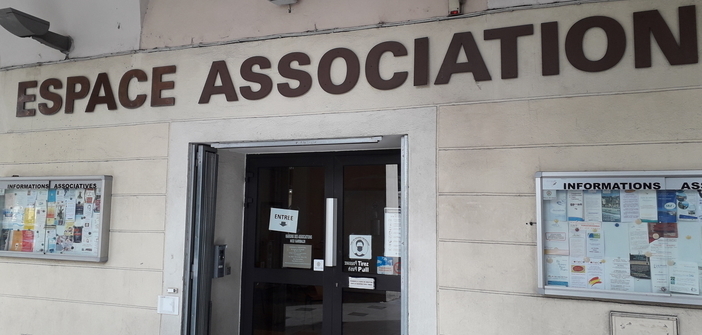The Garibaldi Community Center organizes memory workshops twice a week. These were first launched in 2009 by the municipal councilor Pascale Ferralis. In collaboration with the Nice city hall and the Memory Resource and Research Center, they aim to effectively combat this disease.
“The new paradigm is not to age by feeling physically old, but to age in good health.” Contrary to what one might think, this initiative is not intended for people with Alzheimer’s. It concerns individuals with mild disorders or who are potentially at risk. Each year, they attract more than 300 people for around 320 sessions. For Christèle Dubard, the head of the quality of life service in the city of Nice, “we try to introduce them into a health course for healthy aging so that they stick with it as long as possible.”
A precise and chronological organization
During the session, which lasts three hours, a small group of nine people comes. Prior to this, they must have been evaluated by a psychologist to validate their application for the memory workshops. “Based on the test using the international MMSE scale, we obtain a score that directs people towards a suitable consultation,” explains Christelle Dubard.
Anaïs Bergonzo, neuropsychologist and session leader, describes the session process: “These workshops are divided into three levels. People do not join level one, two, or three groups according to their level of memory disorder, but rather according to a chronological level.” These 20 sessions of 1.5 hours are spread over 18 months throughout the year.
A very simple principle
These prevention workshops aim to prevent the onset of Alzheimer’s disease. “They are led by professionals, namely neuropsychologists exclusively who manage the sessions,” recalls Christèle Dubard. Participants will learn about memory and age-related difficulties. The goal is to have them work on several themes.
Various and varied exercises
When not on-site, participants can work on summer notebooks between levels. They will also find quizzes on the city’s website. So many exercises that, beyond the playful aspect, have genuine benefits for strengthening their memory. “For example, they can work on a shopping list. This will give them insights into methods to better structure their memory and work. They can then apply it daily,” details Anaïs.
A clear working method
“Today, for example, we did exercises about travel, where they had to remember images, sentences, capitals… all while giving them mnemonic techniques,” explains Anaïs. This process allows them to learn to learn autonomously. They gain confidence and are thus stimulated, reducing the risk of memory decline. They will be able to develop certain memories that were perhaps somewhat failing. They will work as much on memory as on concentration and executive functions.
The different types of memory
They are very different from each other. There are two main families. There is short-term and long-term memory. “For short-term, it involves learning things for a short duration, like a phone number. Within it, there is also working memory which helps better group information to learn it,” details Anaïs. Long-term memory is an extension of the first. “If working memory has functioned, the information moves into the long-term category.” Within long memory, there are different types, but these courses focus on episodic and semantic memory. “Episodic memory involves memories we have personally experienced and learned in context. Semantic memory involves general cultural knowledge.”


